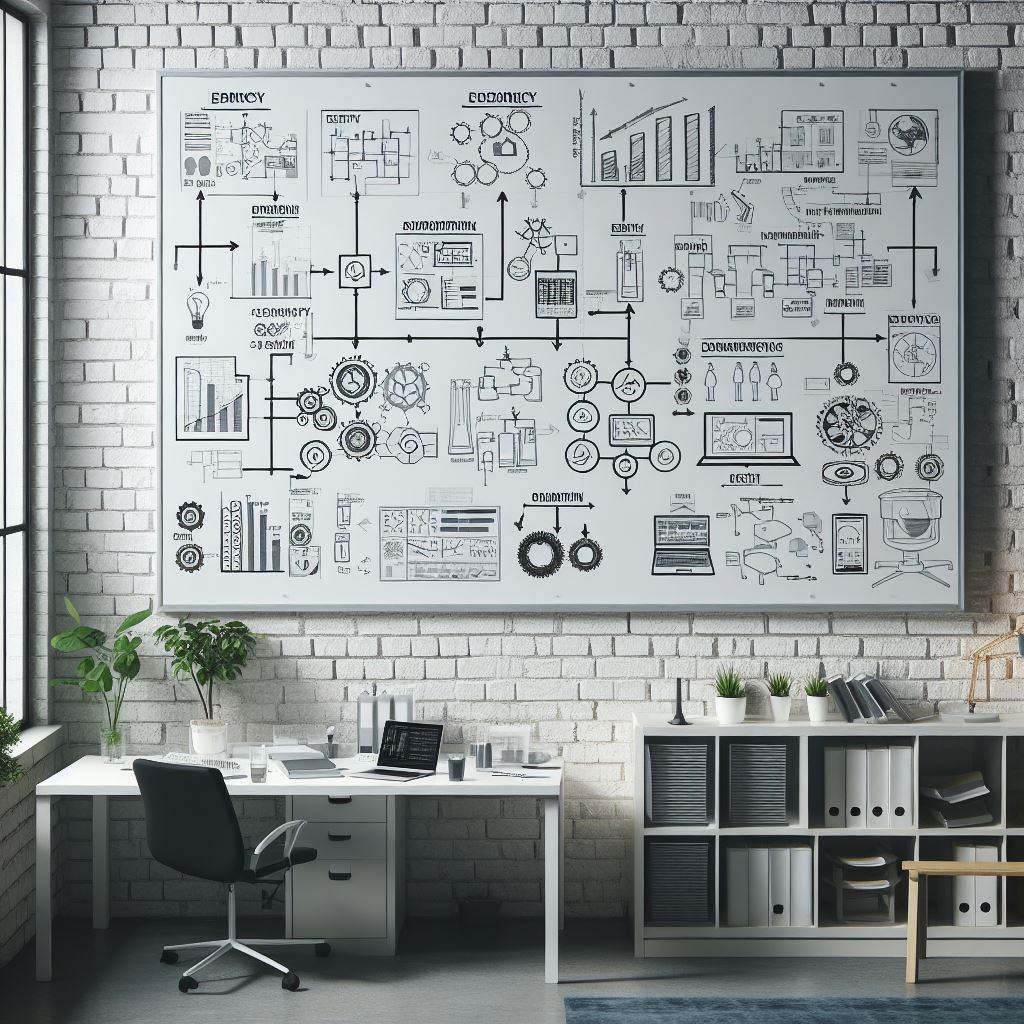Business Capabilities are a term that is often misused and therefore misunderstood. They are a powerful tool to understand what an organization does, how it can improve, and how it can unlock potential. Understanding what Business Capabilities are and how they can be leveraged is essential for businesses aiming to thrive in today’s environment.
What are Business Capabilities?
A Business Capability is a description of what a business does to achieve its goals and objectives. It represents the core abilities and competencies of a business that are essential for its success and differentiation. A Business Capability defines the outcomes, activities, processes, resources, and skills that are required to deliver value to customers and stakeholders. Business Capabilities can be used to align business strategy, design, and architecture, as well as to identify gaps and opportunities for improvement.
Human Resource Capability Model
Any given organization has hundreds of capabilities across Marketing, Finance, Legal, Compliance, and more Industry specific. Below is a capability model that many should be able to relate to – Human Resource Management.

The model is broken down into three levels with Level 1 capabilities being the highest. The Level 1 capabilities are subsequently broken down into Level 2 and Level 3 capabilities. The model can be decomposed even further to lower-level capabilities.
For example:
- 6.5.1 Compensation Management
- 6.5.1.1 Develop salary/compensation structure and plan.
- 6.5.1.2 Perform competitive analysis of benefits and rewards.
- 6.5.1.3 Identify compensation requirements based on financial, benefits, and HR policies.
- 6.5.1.4 Administer compensation and rewards to employees.
- 6.5.1.5 Reward and motivate employees.
- 6.5.1.6 Recognize employees.
As you begin to model into level 4 and beyond, they start to transform into process levels. I like to use the phrase “The lower you go, the more you know.” when describing which level you should go to when developing your model. At a minimum, I suggest your initial model go down to level 3.
How to Use Business Capabilities
Now that you understand business capability modeling, the value comes in how you use them. There are many possible use cases that I could talk about, but to keep it simple, here’s a list of some questions that you can solve by modeling and mapping Business Capabilities.
- Which capabilities drive revenue? Reduce risk?
- Which capabilities differentiate us from our competitors?
- Which capabilities are impacted by the Business Strategy?
- Which capabilities are impacted by our project portfolio? Is it aligned with the Business Strategy?
- How many systems enable a capability? How much does it cost? Is the cost worth the value? If more than one system enables a capability, can we rationalize them?
- How effective are the processes within a capability? Is there an opportunity to optimize? Are the processes documented? Are they adopted across the organization?
- How effective are the people that enable the capability? Do they have the appropriate skills?
You can answer these questions by mapping your capabilities. For example, when mapping your technology to your capabilities, you may find that you have more than one system enabling a capability. You may have more than one system enabling ‘6.2.2 Posting and Sourcing’ (see HR model above) such as your website and other job search engines. In this example, that is a rational approach. On the other hand, you may have multiple systems enabling ‘6.5.2 Benefits Management’ and there may be an opportunity to consolidate those systems. Each of these systems has a cost so you can evaluate if the benefits provided by the systems justify the costs. You can also elicit opportunities to reduce costs through rationalization and economies of scale. Or you may find opportunities to mature your capabilities by turning on services that you own but are not currently using.
There are many ways to use capabilities to inform decisions. Leveraging an experienced Business Architect can:
- Expedite the Business Capability model development process.
- Align the organization’s goals and objectives to the capabilities that deliver value.
- Help with the design and implementation of the governance, processes, and systems that enable the capabilities, and measure and monitor their performance and outcomes.
- Provide insights and guidance on how to optimize, transform, and innovate the capabilities, and ensure that they are aligned with the changing needs and expectations of the customers, employees, and stakeholders.
Conclusion
Developing Business Capabilities is a strategic way to align your organization with your vision and goals. By understanding your current and desired capabilities, you can identify gaps and opportunities for improvement. You can also leverage your capabilities to create value for your customers, employees, and stakeholders. Business Capabilities can help you optimize your processes, systems, and resources, and enable innovation and agility. By mapping your capabilities, you can evaluate your performance and make informed decisions about your investments and priorities. Developing Business Capabilities can give you a competitive edge and help you achieve your objectives.

